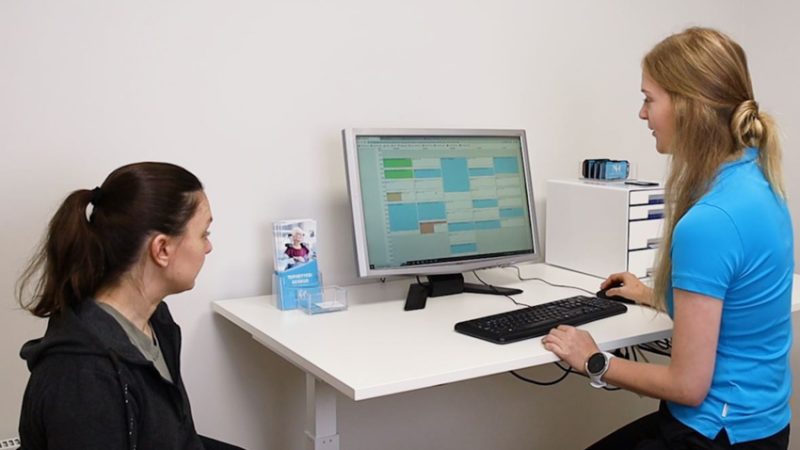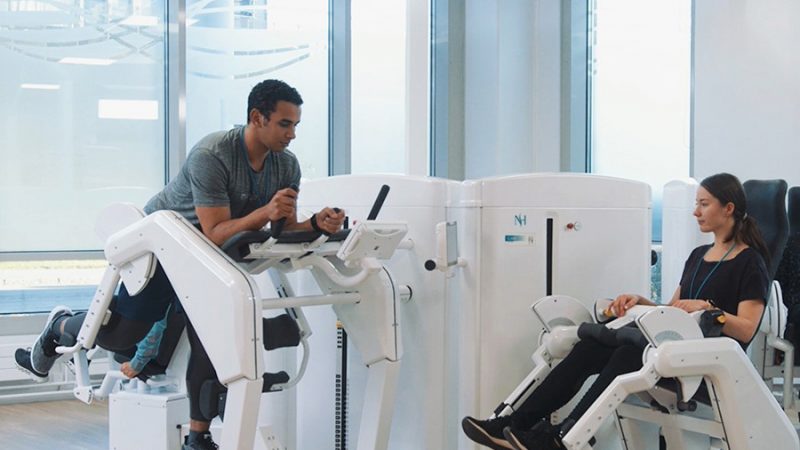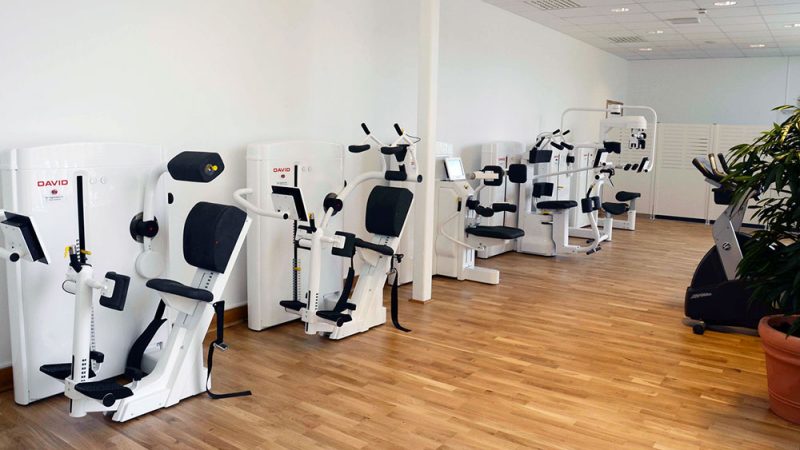Objective
The study aimed to determine whether maximum voluntary isometric contraction (MVIC) values could be reliably converted into one repetition maximum (1RM) values in order to develop a mathematical formula for the conversion. A secondary aim was to examine the relationship between 1RM and isometric muscle strength measured with David exercise devices
Methods
The study participants comprised of healthy, trained men (n = 6) and women (n = 9). 1RM and MVIC tests were carried out at the Nordic Health clinic located in Helsinki. Data was collected from 20 different exercises using David exercise devices. A linear regression analysis of the participants’ 1RM and their isometric test results was conducted. Zero points (0Nm/0Kg) were added manually to improve accuracy on low isometric test results. The results of this analysis were inserted into the standard regression formula. Based on this, a device-specific formula was created for each device.
Outcome
As a result of this thesis, a strong correlation between 1RM and MVIC values was found (0.89). Additionally, a device-specific formula to estimate a person’s 1RM based on the results of the isometric muscle strength measurement was developed.
Wahlroos N. Predicting one repetition maximum from the results of isometric strength tests. Turku University of Applied Sciences. Bachelor’s Thesis; 2024.
 Polska
Polska 
























